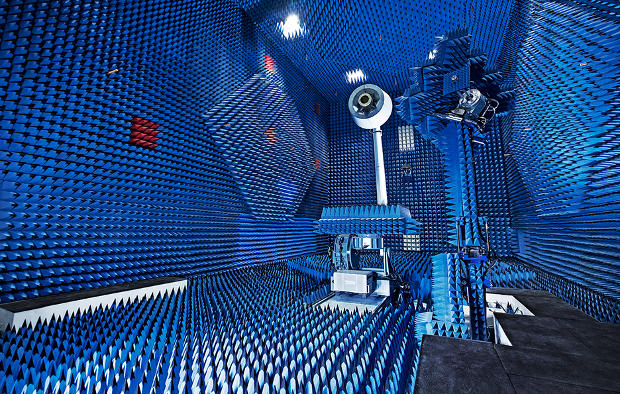Today (Anzac Day) marks the 99th anniversary of the fateful landing on the beaches of Gallipoli Peninsula by Allied forces. The day has expanded to commemorate all wars and conflicts in which Australian personal have been involved. And during the day, at all events around the nation, there will be a moment of silence.
Silence is often incorporated into ceremonies as a time of reflection, contemplation or prayer, particularly on funerals and days of mourning.
This year, you are able to listen to a recording of a minute of silence by more than 80 current and former members of the armed forces. All money raised will help support veterans and their families.
You may think this is odd, or you may think it’s a moving tribute, but it’s not the first time that people have “performed” silence.
4’33”
In 1952, American composer John Cage took minimalist music to the extreme and wrote 4’33” (read: 4 minutes, 33 seconds). It can be performed by any number of musicians, and any variety of instruments. The piece is quite simple to play: the musicians make no sounds at all of the full duration of 4 minutes and 33 seconds, and then it’s finished.
Although the musicians play nothing, the ambient sounds (such as breathing, coughing, and birds and wind in outdoor performances) become the music.
Cage was inspired by Zen Buddhism, and had been incorporating large elements of silence, or silence metaphors, in his earlier works. He has described 4’33” as his most important work.
The quietest place on Earth
In 1951 Cage visited an anechoic chamber: a room that has such good insulation and sound absorbing walls that it’s as close to silence as you could possibly achieve. However, Cage recalls hearing two sounds, and was later informed that one was his own nervous system, and the other was his blood circulating!
Anechoic chambers have been built all over the world and are the ideal locations to study very quiet phenomenon and properties of acoustic materials. From tests completed in 2004, Guinness World Records announced the quietest place in the world is the Anechoic Test Chamber at Orfield Laboratories in Minneapolis. The background noise reading in the chamber was -9.4 dBA. Without a bit of training in logarithms, the number itself won’t have much meaning, but 0 dBA is the quietest sound a human ear can detect. So in this chamber, there are still sound vibrations, but they are totally inaudible to the humans.
In fact the room is so quiet that it can be disorienting as aural clues are important in our brain’s interpretation of orientation and motion. A chair is highly recommended!
It is also possible to build radio-frequency anechoic chambers: these rooms are “quiet” in terms of radio-frequency electromagnetic radiation, so they won’t be quiet in an aural sense. Here’s one at a Naval testing facility in the USA.

Can you copyright silence?
Since silence is everywhere, the question of copyright with regard to Cage’s work is a difficult one; one that was tested.
In 2002, Mike Batt and his band “The Planets” included a track on their album “Classical Grafitti” titled “A One Minute Silence”. He credited the work to “Batt/Cage”. Cage’s publishers, Peters Edition, sued him for copyright infringement.
In the end he paid a six-figure settlement to the John Cage Trust. The director of Peters Edition had this to say afterwards:
“We had been prepared to make our point more strongly on behalf of Mr Cage’s estate, because we do feel that the concept of a silent piece – particularly as it was credited by Mr Batt as being co-written by ‘Cage’ – is a valuable artistic concept in which there is a copyright. We are nevertheless very pleased to have reached agreement with Mr Batt.”
The featured image at the top of the page is borrwed and edited, with thanks, from Thomas Quine under a Creative Commons Licence.